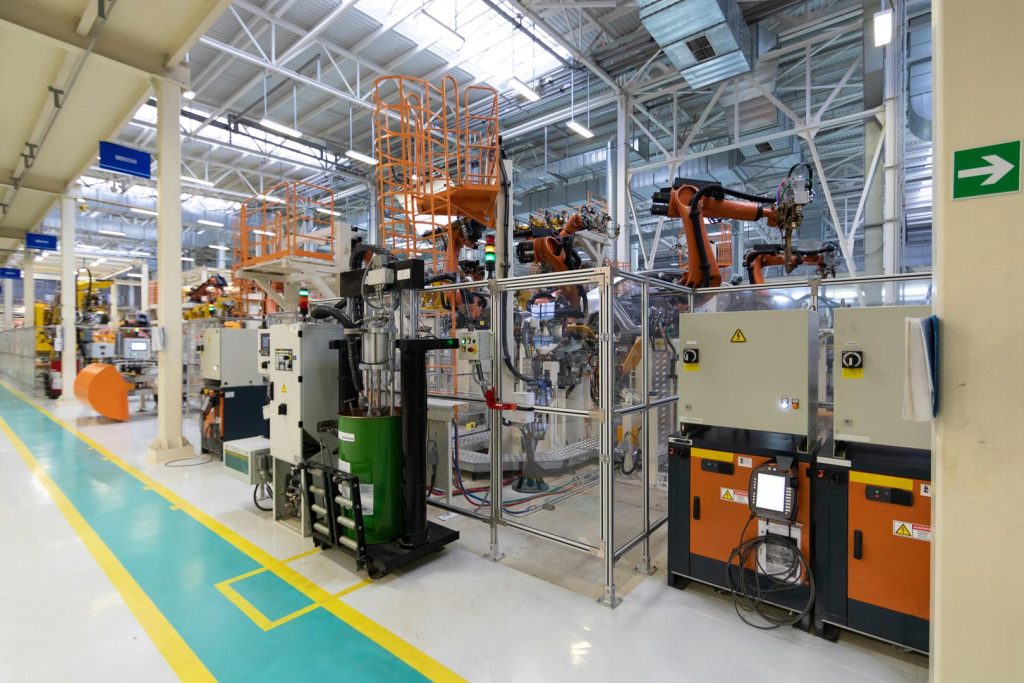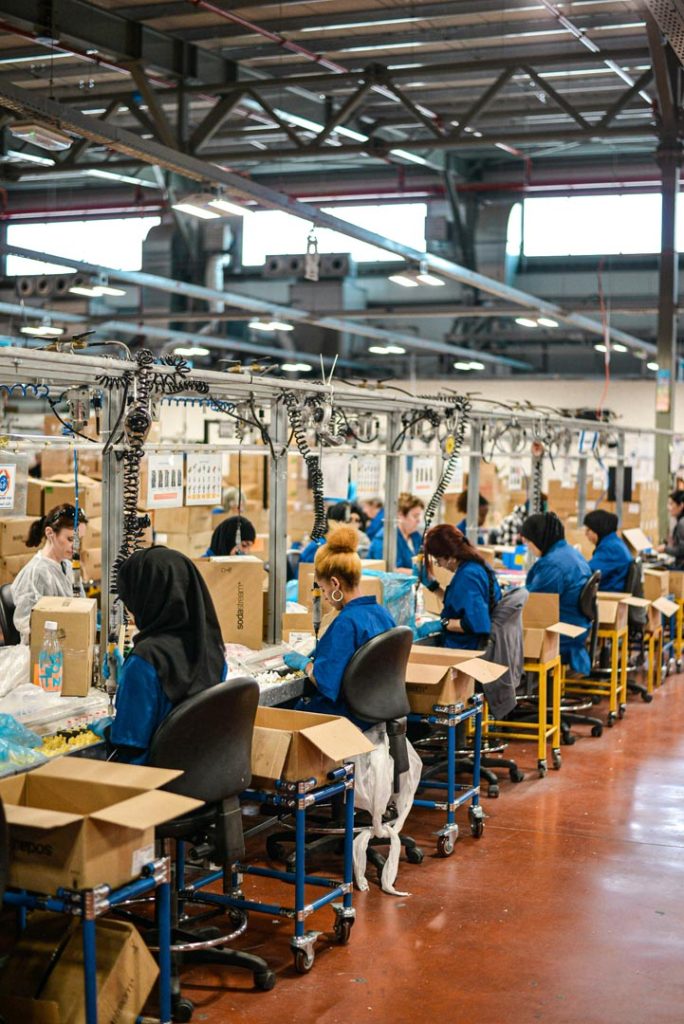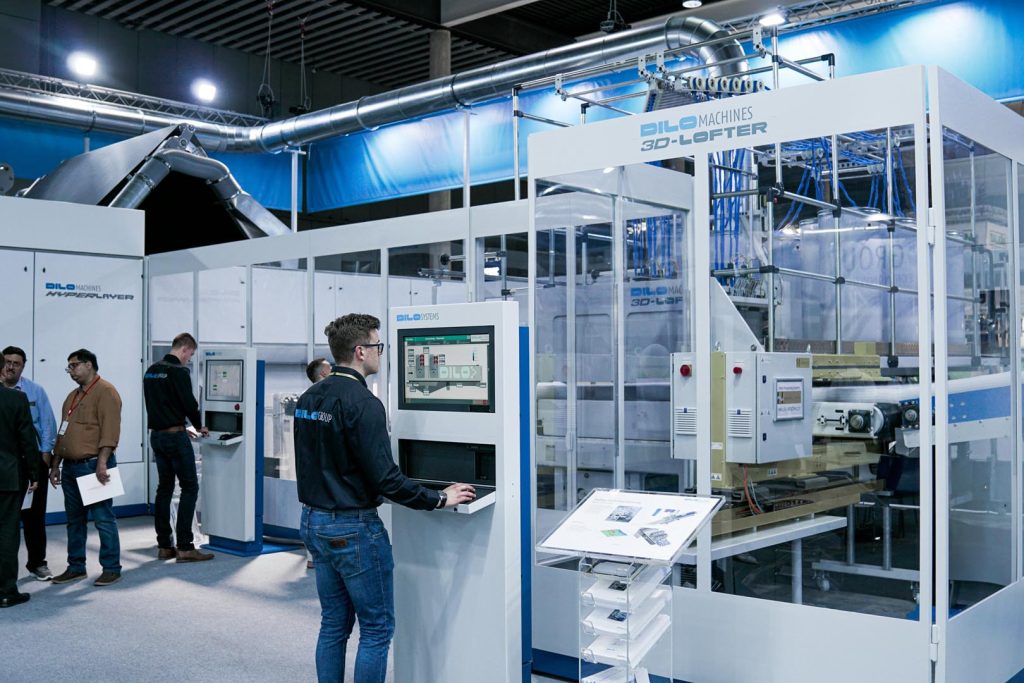Industrial Products
Industrial Products
Improving results in an industrial product manufacturing company, such as chemicals, paints, or plastics, involves projects aimed at enhancing operational efficiency, product quality, innovation, sustainability, and market competitiveness. Here are some project ideas tailored to these industries:

1. Process Optimization and Efficiency Improvement
- Lean Manufacturing Implementation: Apply lean principles to streamline production, reduce waste, and improve efficiency in manufacturing.
- Advanced Process Control (APC): Implement technologies to optimize parameters, enhance quality, and increase throughput in manufacturing.
- Energy Management Programs: Develop programs to reduce consumption, optimize utilities usage, and minimize environmental impact in facilities.
2. Product Quality Assurance and Control
- Quality Management Systems (QMS): Establish QMS frameworks to ensure consistent product quality, adherence to specifications, and compliance with regulatory standards.
- Statistical Process Control (SPC): Utilize SPC techniques to monitor and control production processes, detect variations, and prevent defects in chemical, paint, or plastic manufacturing.
- Quality Improvement Projects: Implement continuous improvement projects to address root causes of quality issues, enhance product performance, and meet customer expectations.
3. Product Innovation and Development
- New Product Development: Invest in research and development (R&D) to create innovative products, formulations, and technologies that meet evolving market demands and customer needs.
- Value-Added Product Enhancements: Enhance existing products with value-added features, such as improved performance, durability, or sustainability, to differentiate from competitors and capture market share.
- Collaborative Innovation Partnerships: Collaborate with customers, suppliers, and research institutions to co-develop new products, explore novel applications, and drive innovation in chemical, paint, or plastic manufacturing.

4. Sustainability and Environmental Stewardship
- Green Chemistry Initiatives: Adopt green chemistry principles and sustainable manufacturing practices to reduce environmental footprint, minimize waste generation, and promote resource efficiency.
- Recycling and Circular Economy Projects: Develop recycling programs and circular economy initiatives to recover and reuse materials, reduce plastic waste, and close the loop in product lifecycle management.
- Carbon Footprint Reduction Strategies: Implement strategies to reduce greenhouse gas emissions, such as energy efficiency improvements, renewable energy adoption, and carbon offset initiatives.

5. Supply Chain Optimization and Raw Material Sourcing
- Supplier Collaboration and Optimization: Strengthen partnerships with suppliers to improve supply chain reliability, reduce lead times, and ensure consistent
quality of raw materials and chemicals. - Strategic Sourcing and Procurement: Implement strategic sourcing strategies to optimize procurement processes, negotiate favorable contracts, and mitigate supply chain risks in sourcing raw materials and chemicals.
- Alternative Raw Material Exploration: Explore alternative raw materials, bio-based feedstocks, or recycled inputs to diversify supply sources, reduce dependency on fossil fuels, and enhance sustainability in manufacturing.
6. Digital Transformation and Industry 4.0 Integration
- Smart Manufacturing Solutions: Deploy digital technologies such as Industrial Internet of Things (IIoT), artificial intelligence (AI), and predictive analytics to optimize production processes, improve equipment reliability, and enable real-time decision-making.
- Digital Twins and Simulation Modeling: Develop digital twins and simulation models of manufacturing processes to optimize plant operations, predict performance, and identify opportunities for process improvement.
- Remote Monitoring and Predictive Maintenance: Implement remote monitoring systems and predictive maintenance solutions to monitor equipment health, predict failures, and schedule maintenance proactively, minimizing downtime and
disruptions.
7. Occupational Health and Safety Initiatives
- Safety Culture Enhancement: Foster a culture of safety among employees through safety training programs, hazard identification, and near-miss reporting systems, promoting a safe working environment and reducing workplace accidents.
- Ergonomics and Workstation Design: Implement ergonomic principles and workstation design improvements to reduce ergonomic risk factors, prevent musculoskeletal injuries, and enhance worker comfort and productivity.
- Chemical Handling and Hazard Communication: Provide comprehensive training on chemical handling, storage, and hazard communication to ensure employee awareness of safety protocols and regulatory compliance requirements.
8. Market Expansion and Customer Relationship Management
- Market Segmentation and Targeting: Identify new market segments and customer segments for products, applications, or geographies, and develop targeted marketing strategies to penetrate new markets and expand market share.
- Customer Relationship Management (CRM): Implement CRM systems and customer engagement programs to enhance customer satisfaction, loyalty, and retention through personalized communication, support, and value-added services.
- Product Customization and Tailoring: Offer customization options and tailored solutions to meet specific customer requirements, enhance customer value propositions, and differentiate from competitors in the market.
By implementing these projects, industrial product manufacturing companies in sectors such as chemicals, paints, or plastics can improve operational efficiency, product quality, innovation capabilities, sustainability performance, and market competitiveness, driving long-term growth and success in the industry.